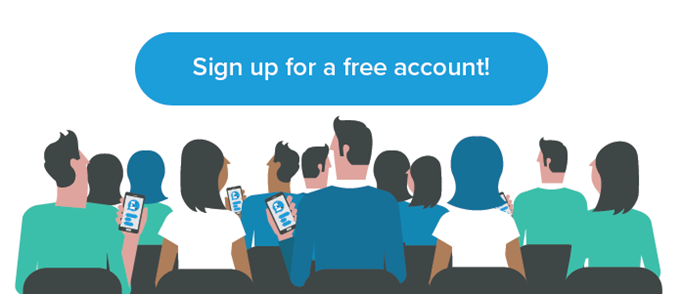Last week I received a client email that read:
“Hi Stephen, I’ve called a half year review and 'look forward' session, in a nice venue and I’m going to properly plan the day. It got me thinking about doing a cultural/brand awareness building workshop, I was wondering if you were available? Can we work in some conversations about people characteristics/traits, personalities and the benefit of having a diverse multi-dimensional team etc?”.
In a typical “culture, vision & values” workshop I would cover:
1. Vision & Purpose – why the company exists, what it believes in, what it stands for and wants to achieve
2. Values – how people work together, guiding principles, standards, brand values
3. Behaviours – specific behaviours that support or detract
The question is how do you deliver this in an organisation which includes team members with different skill levels and experiences, varied business functions, new joiners & long termers, multiple nationalities and cultures?
Business culture is an evolving set of collective beliefs, values and attitudes and to establish this I had to find a way to ensure that every single team member was actively engaged and involved even if they were very new and junior (“the intern in his second week”), very experienced and senior or if English was not their first (or even second) language or if speaking up in public was not a cultural norm.
As the content came together, I fired up the Vevox PowerPoint add-in and created a bunch of audience profile polls. These worked not just to help my understanding and act as icebreakers but it also helped trigger discussion on how business culture is affected (positively & negatively) by job roles, length of service, age, nationality etc. I'm always keen to make sure a poll has a purpose which drives the presentation and informs discussion.
Then I risked a "how well do you understand the vision?" question, with the same question repeated at the end with a comparison slide - which helped me focus on ensuring that the second poll showed the understanding did improve.
Now the fun bit - I wanted to get the whole team to define their brand values. So what better way than an instant word cloud. I've not used this in Vevox before, so I was a bit anxious as to how it would go, but it worked really well! The "print screen and paste" routine was a bit clunky but worked all fine (and I need to remember to click "done" afterwards). In the afternoon session I tasked the team with making a presentation to an invited audience - then got the audience to "word cloud" the brand values they observed. It was fascinating to see how the "people" dimension leapt out in the second word cloud. (Note to self - remember that customers place more weight on the human aspect of brands which we tend to forget).
The challenges that I faced with Vevox are: “what’s the login?”, “the Wi-Fi's dropped out”, “my phone’s died”, “anyone got a charger?”, which can be distracting but you quickly get into the habit of tipping people off a slide or so in advance. Whilst these challenges should be overcome when planning the meeting through pre-event communication and including clear instructions on the day, not everyone will actually read them or follow them.
Overall, Vevox worked great and helped engage everyone in the meeting by alllowing all attendees to give their views and ideas through the Vevox app. I am looking forward to seeing more new features coming through and understanding how they can further engage the audiences and attendees that I work with.
If you are looking for a consultancy business to help solve your problems in business growth, innovation and marketing, see the services of Business Impact Solutions as to how they can fix them or contact the Managing Director, Stephen Dann.





